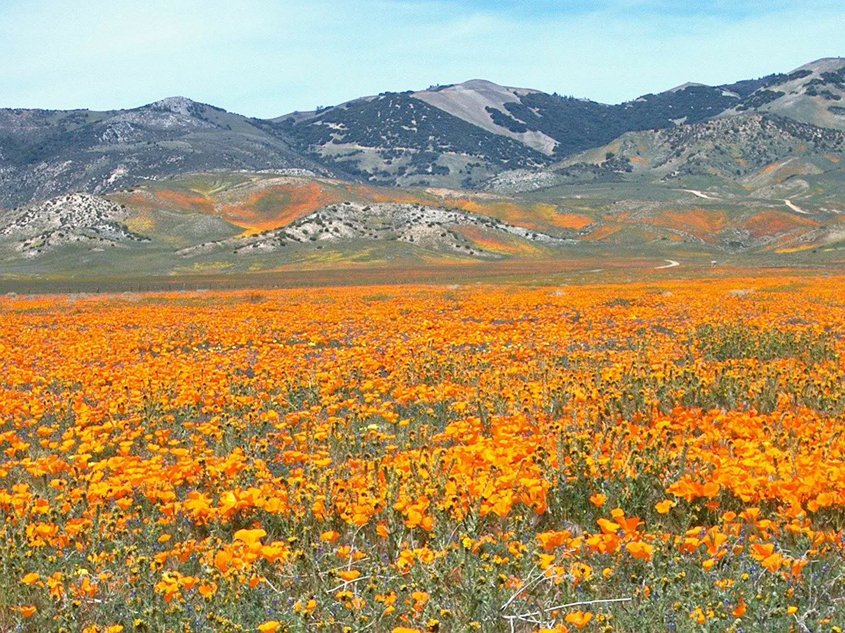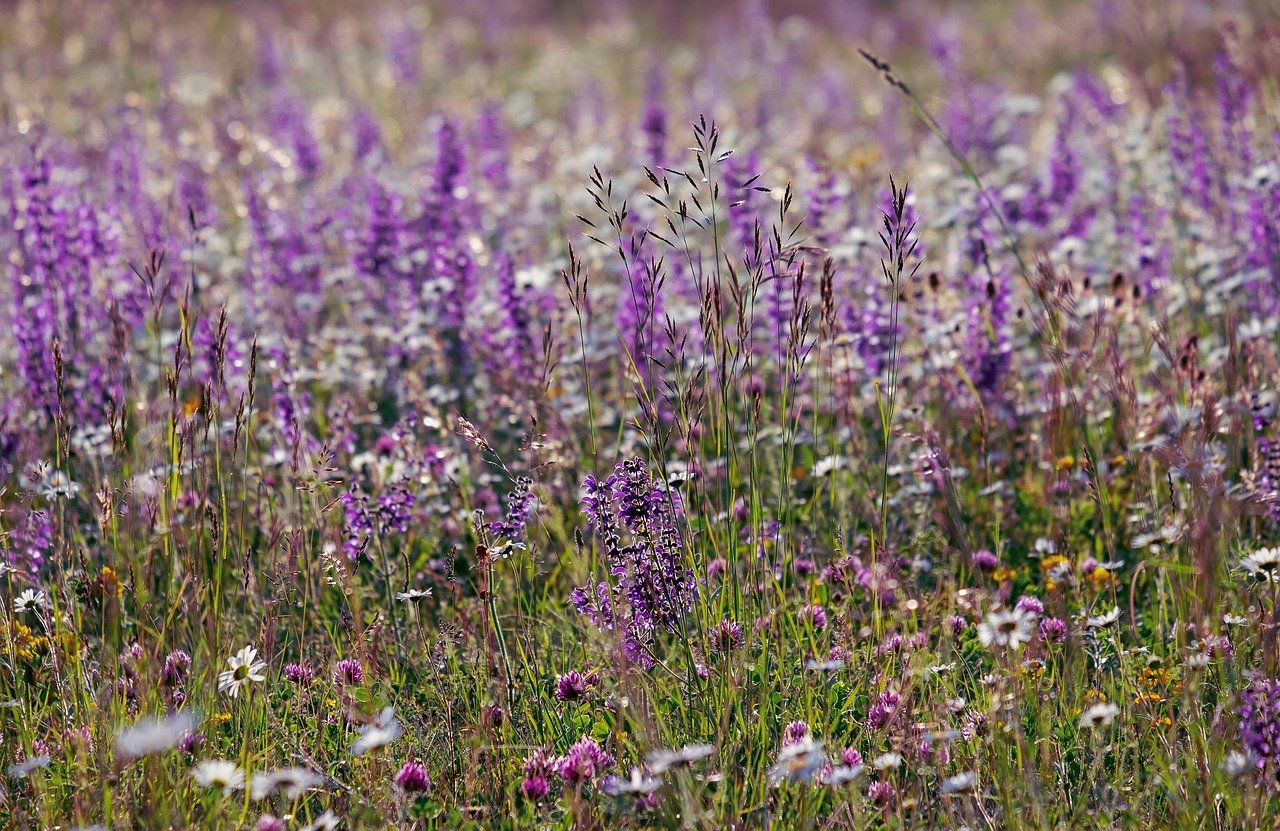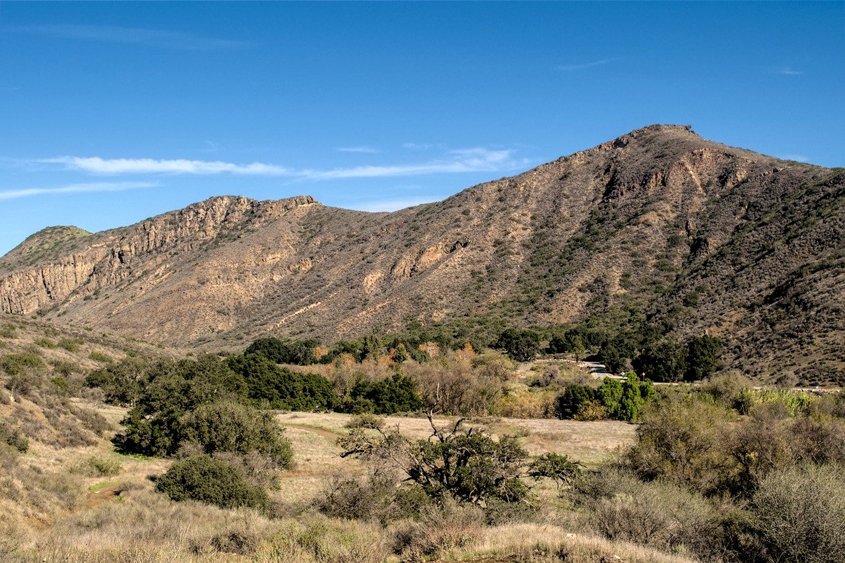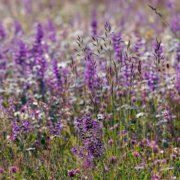Native Plant Communities in Sustainable Landscaping
Plants growing wild naturally arrange themselves into communities with other plant varieties based on their shared characteristics such as water and nutrient needs. This natural selection extends to interactions with each other, and with other species such as insects, birds, and other animals.
As a result, we see the same plant communities occurring repeatedly in natural landscapes under similar conditions.
Local native plant communities evolve together over a long period of time. These plants work together to compete for nutrients, sunlight, and other resources. They flourish together, to the point of “rejecting” non-native plant varieties attempting to establish themselves. While non-native plants may be equally adapted as native plants to the climate conditions of a particular area, they are at a disadvantage.
By learning about the San Diego region’s native plant communities, and selecting plants that like to live together in communities for sustainable landscaping, homeowners can take advantage of these strengths and the resulting hardiness.
Three examples of San Diego region plant communities
California Coastal Prairie Community

Perennial flowers outnumber the native grass species in California coastal prairies. Photo: Lloyd Waters / Pixabay
California’s coastal prairies are North America’s most diverse grasslands. Perennial flowers outnumber the native grass species. Plants include: California Poppy (Eschscholzia californica), Blue-eyed Grass (Sisyrinchium), Fern Leaf Yarrow (Achillea ‘Moonshine’), Seaside Daisy (Erigeron glaucus), and Cliff Buckwheat (Eriogonum parvifolium).
California Coastal Sage Scrub Community

Fire-adapted, drought deciduous plants flourish in California coastal sage scrub. Photo: Couleur/Pixabay
Fire-adapted, drought-deciduous plants flourish in California coastal sage scrub. This habitat is rapidly disappearing due to urbanization in southern California. Fortunately, some areas, including the San Diego Safari Park Biodiversity Reserve, have been conserved. Plants include Grey Musk Sage (Salvia Pozo Blue), Sticky Monkeyflower (Diplacus aurantiaus), San Diego Sage (Salvia munzia), Fuschia Gooseberry (Ribes speciosum), and Woolly Bluecurls (Trichostema lanatum).
California Chaparral Community

California chaparral is adapted to heat and dust. Photo: Kim R. Hunter / Pixabay
Chaparral exists in many coastal ranges and on the western and eastern slopes of the southern California mountains. It is ‘hard’ brush that doesn’t rely as much on summer fog drip that the Coastal Sage Scrub does, and it is adapted to heat and drought. Plants include Desert Mallow (Sphaeralcea ambigua), Bent Grass (Agorstis pailens), San Diego Mountain Mahogany (Cercocarpus minutiflorus), Bush Poppy (Dendromeconi riguda), and Clumping Wild Rye (Leymus condensatus).
This article is part of a year-long series inspired by the 71-page Sustainable Landscapes Program guidebook available at SustainableLandscapesSD.org. The Water Authority and its partners also offer other great resources for landscaping upgrades, including free WaterSmart classes at WaterSmartSD.org.



